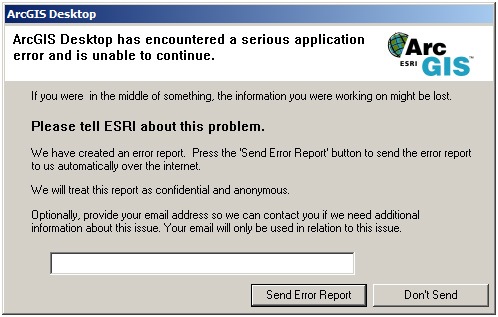The social networking craze has led to the rise of facebook,
twitter, linkedin, and various other platforms.
Some have been tailored towards a certain type of client for example
linkedin is for those who consider themselves business professional. To my knowledge Course
Networking(TheCN) is the first of its kind that combines social networking
with education. The Course Networking
platform connects educators and students using shared classes and interests. TheCN’s creator Ali Jafari has
created various other platforms that have found success in distance learning
and online class management. For
teachers especially this could be helpful as it seems like they can be hesitant
to accept facebook or twitter as learning or information spreading tools. Also, like most social media sites, TheCN is
linked to the most popular sites like facebook and twitter to expedite the
spread of its popularity around the world.
Most other platforms for social networking must be bought by
universities or institutions to make their money. TheCN intends to
combine that source of revenue with money made from user targeted advertising
on the site itself.
An important function of TheCN is the ability to share
notes, readings, and study tools. Sites
like Koofers and Notehall do this but some of them cost money. This also raises questions about plagiarism and
cheating via TheCN. Users are able to
control which information they choose to share and with whom they want to share
it with. As information is uploaded the
user is asked who they wish to share it with be that actual classmates, virtual
classmates, and the open public. All of
this can be found through the terms of service on Thecn.com.
Furthermore, from my brief interaction with TheCN it will be
best utilized if teachers participate.
Some students may take the initiative to post assignment and other
information but, teachers are much more likely to interact with it. In conclusion, I believe that Course
Networking can be a very applicable tool to the many aspects of distance
learning and hopefully help improve overall communication between people of
similar educational interests.

